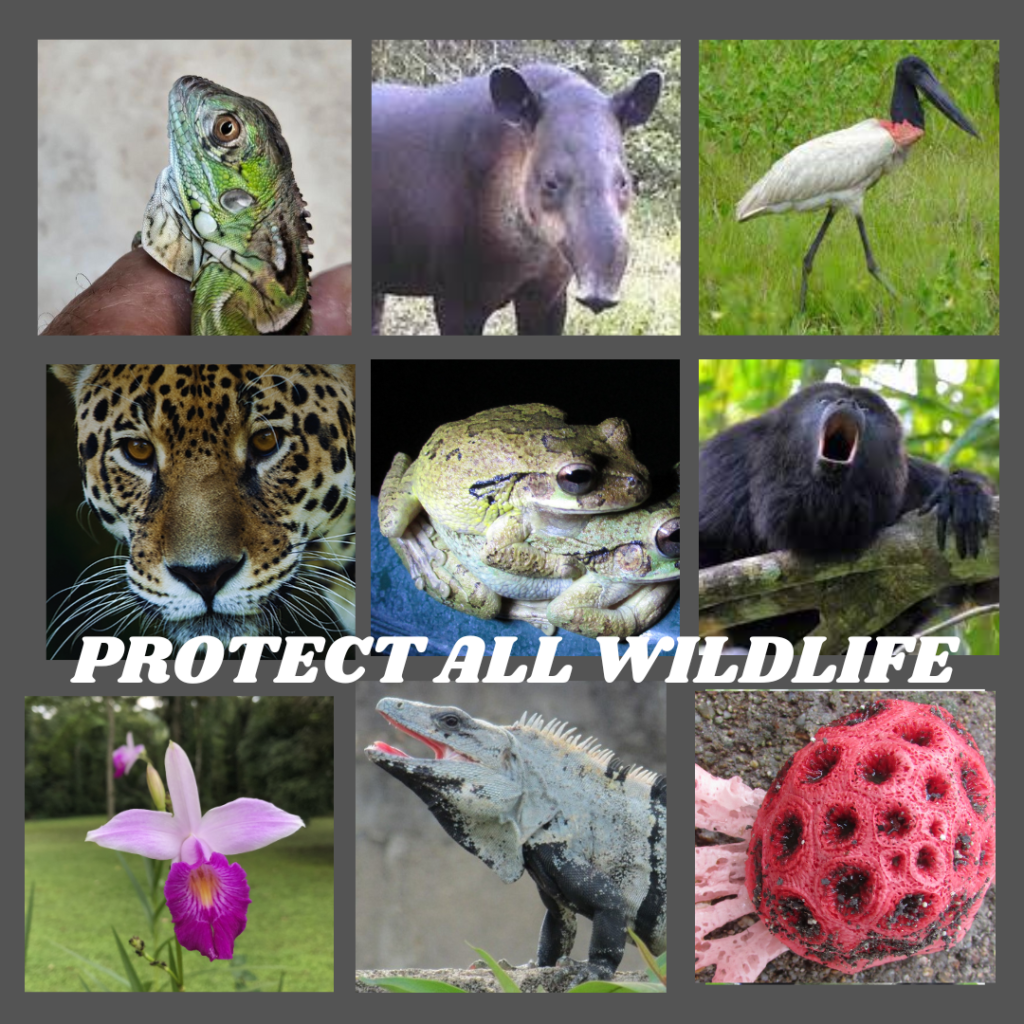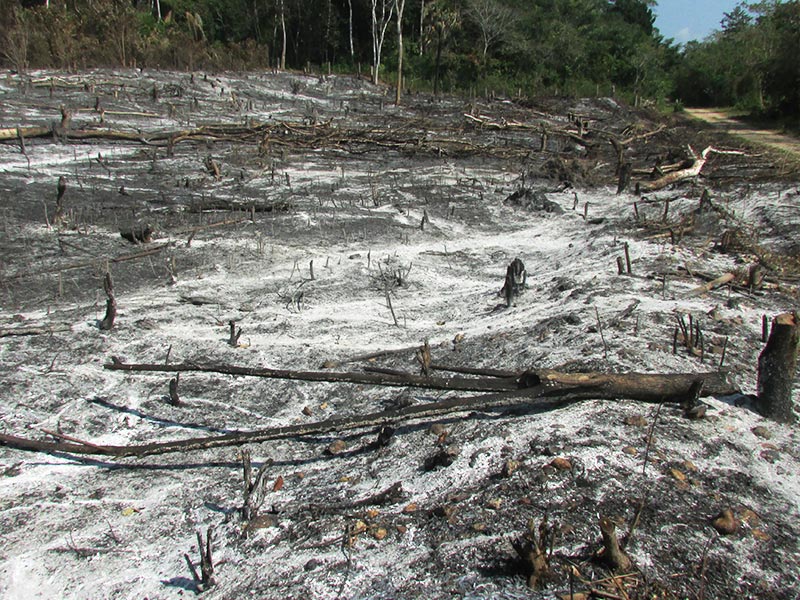Recourse Materials
- Home
- Recourse Materials
CHAPTER 220
WILDLIFE PROTECTION ACT
Belize, after gaining independence in 1981, enacted the Wildlife Protection Act, the primary wildlife law in the country. The Act defines wildlife broadly and aims to protect Belize’s abundant biodiversity, including over 150 species of mammals, 549 birds, and a variety of other fauna. The Forest Department enforces the Act to safeguard over a hundred globally threatened species, categorized as Critically Endangered, Endangered, and Vulnerable.
While the illegal wildlife trade historically posed minimal threats due to Belize’s large wilderness areas and low population pressure, parrots remain at risk. The government implemented measures to address parrot ownership and protect wildlife from threats posed by human population growth and deforestation.
Over the last five years, the Forest Department’s Wildlife Conservation Program (WCP) has actively managed and protected wildlife, in line with international agreements like the Convention on Biological Diversity and CITES. The WCP combats hunting, poaching, and extraction to uphold these treaties and preserve threatened species targeted by the wildlife trade.
To accomplish its conservation-related goals, the Belize Forest Department has a Memorandum of Understandings with rehabilitation and conservation organizations in Belize including Belize Bird Rescue (BBR), Wildtracks: Rehabilitation Program (Primate and Manatee), The Belize Zoo, The Green Iguana Project, Belize Raptor Center, Friends for Conservation and Development (FCD), The Belize Wildlife and Referral Clinic, American Crocodile Education Sanctuary, and Sea to Shore Alliance, and Belize Natural History Archive (BNHA).
CHAPTER 212
FOREST FIRE PROTECTION ACT
Forest fires can have significant impacts on the environment. Therefore, the Belize government has laws in place to address and mitigate the potential environmental consequences of these fires.
- Loss of Habitats: Forest fires can destroy habitats for a wide range of plant and animal species, leading to displacement and potential loss of biodiversity.
- Air Pollution: Forest fires release smoke, particulate matter, and harmful gases into the atmosphere, contributing to poor air quality and posing health risks to both humans and wildlife.
- Carbon Emissions: Burning trees release carbon dioxide into the atmosphere, contributing to greenhouse gas emissions and exacerbating climate change.
- Soil Degradation: Intense heat from fires can lead to soil erosion, nutrient loss, and changes in soil composition, impacting plant growth and ecosystem health.
- Water Quality: Runoff from burnt areas can carry sediment and ash into water bodies, affecting water quality, aquatic life, and potentially leading to harmful algal blooms.
- Regeneration Challenges: Some plant species depend on fire for regeneration, but intense or frequent fires can impede natural regeneration processes and lead to long-term changes in forest composition.
- Economic Impact: Forest fires can result in significant economic losses, including damage to timber resources, property, infrastructure, and firefighting costs.
- Increased Risk of Flooding: Bare landscapes post-fire are susceptible to increased runoff and erosion, potentially leading to flash floods and mudslides in affected areas.
|
Understanding the environmental impacts of forest fires highlights the importance of prevention, early detection, and effective management strategies to mitigate these adverse effects on ecosystems and the environment.
More Informations
Adopt a Bird
Adopt a Bird allows you to symbolically “adopt” a bird of Belize at the Belize Natural History Archive Exhibit.
Follow Our Social Media
Nurturing Tomorrow's Stewards to Shape a Sustainable Future
Biodiversity education addresses Global Challenges, equips children with the knowledge and skills to understand complex environmental issues such as climate change, habitat loss, and species extinction. It empowers them to contribute to solutions for these challenges in the future.




